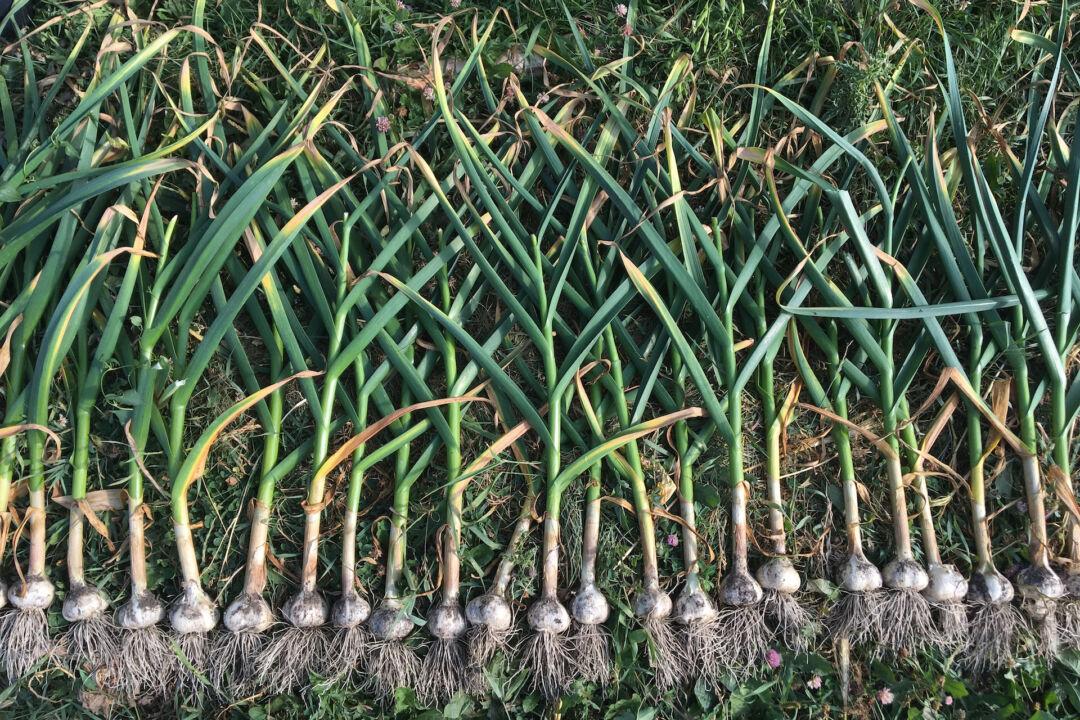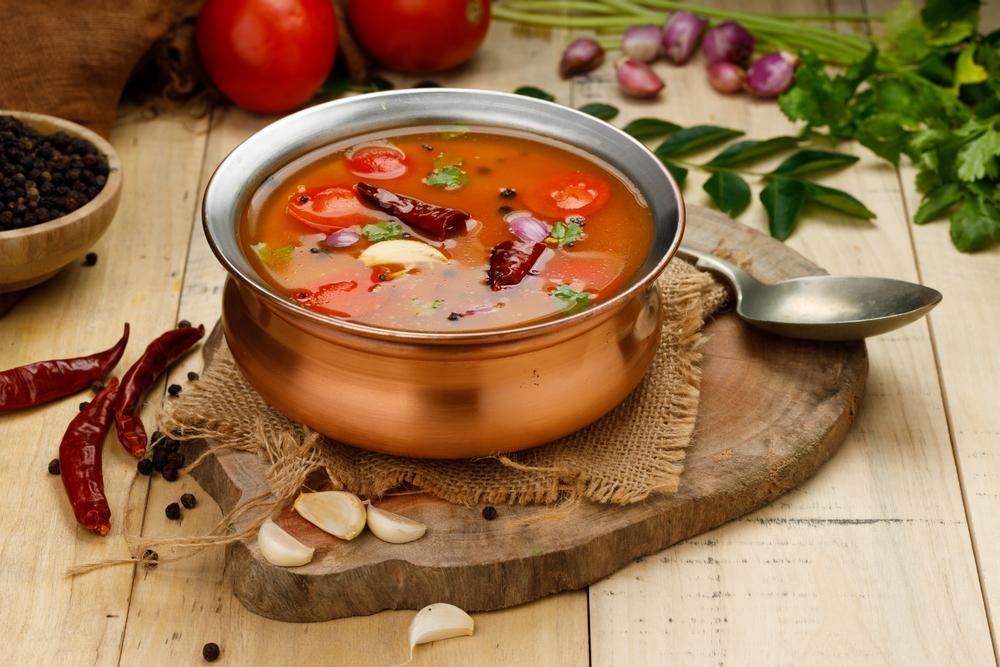As winter heads into full gear, fresh produce is starting to feel like a faded memory. The tomatoes are mealy and the lettuce has jet lag, but the pomegranate harvest has just begun. Don’t take the lovely pomegranate for granted.
The bright red orbs dangle brightly from the bushy plants like Christmas tree ornaments. The fleshy seeds inside are like juicy rubies and can turn the average cook into a culinary magician. Grab a handful and fling them at your food as if you’re gesticulating the words “hocus pocus.” Cast the seeds on salad, soup, steak, breakfast, and everything in between.

Today’s featured recipe, linguini with a mushroom cheese sauce, ends with a generous dusting. Their sharp sweetness adds a double-edged sword of flavor, balancing sweet and savory alike with their tartness, like sips from a glass of lusty red wine.
Native to Iran, Afghanistan, and the Himalayas, pomegranates have inserted themselves inextricably into the local cuisines and cultures. In modern times, they’ve found homes around the warm edges of temperate climates around the world. The trees are tolerant to high heat and low precipitation, are generally easy to grow, and can produce huge crops. The fruits can be stored for months and shipped slowly.
This adaptability, coupled with the growing demand for the fruit, has caused a surge in pomegranate trees being planted. Pomegranate orchards are replacing apple orchards in parts of India that are now too hot for apple growing. Meanwhile, pomegranate trees thrive in many of the same areas that support opium poppies, such as Afghanistan and Mexico, which means that a pomegranate-heavy diet could help steer rural economies away from the narcotics business.

Expert Advice
Extracting the seeds can be messy if your technique is off. But if you score the peel around the equator, pull the fruit in half, and tap gently, the seeds rush out like Black Friday shoppers storming the gates of Walmart.The technique comes from Turkey, where a food writer named Robyn Eckhardt once sat down with a group of women, some pieces of plastic pipe, and 100 kilograms (220 pounds) of fresh pomegranates. They spent the day liberating pomegranate seeds, with which they would make pomegranate molasses. Eckhardt emailed me the technique they used to get the seeds out:
“Gently squeeze one pomegranate half, cut side down, over a wide deep bowl to loosen the seeds. Place it cut-side down in your nondominant hand. Spread your fingers to create a ’sieve' through which the seeds can fall. With the handle of a wooden spoon or spatula, tap the pomegranate all over; dislodged seeds will fall into the bowl (the bits of bitter white membrane will remain in your hand). Continue tapping, turning the pomegranate in your hand, until most of the seeds are dislodged. If any white membrane has fallen into the bowl, pick it out.”
The fruit’s fridge life can be extended for months by wrapping them in paper towels and storing them in a paper bag at the bottom of the fridge, where there isn’t much activity, explained my other pomegranate adviser, chef Ray Risho, an expert in Old World cuisine. You want to leave the wrapped pomegranates unbothered, with as few vibrations as possible.
“Like bottles of fine wine, the less the pomegranates are disturbed, the better they will keep,” he said.
Risho gave me his recipe for Linguini con Funghi e Formaggio, which owes its magic in part to its garnish of pomegranate seeds. The dusting of pomegranate seeds electrifies the dish, and you should be sure to have plenty of extra seeds on-hand to apply. Otherwise, the magic will be lost.

Linguini con Funghi e Formaggio
In addition to the pomegranate seeds, this recipe depends on a mix of mushrooms and not adding too much cheese. I like to make sure there are shiitake or oyster mushrooms because those varieties are extra chewy, which adds a nice texture.- Fresh ground black pepper and salt
- 1/2 pound linguini (a thick-but-not-enormous handful)
- 3/4 cup mix of fresh basil, oregano, and parsley
- 1/3 cup mix of freshly grated Parmesan and Romano cheeses
- 5 cloves garlic, mashed
- 2 cups mushrooms (Risho likes a mix of white button, crimini, Portobello, morel, oyster, and shiitake)
- 1 tablespoon butter
- 3 tablespoon olive oil, divided
- 1/4 cup pine nuts
- Juice of 1 lemon
- 1 cup pomegranate seeds
While cooking the pasta, chop the herbs, grate the cheese, mash the garlic, and slice the mushrooms.
When the linguini is al dente (just a receding sliver of a dry, white center), remove the noodles and toss them generously in olive oil. Set aside.
In a large skillet or wok, combine the butter and 2 tablespoons of olive oil on medium heat. Add pine nuts and the mashed garlic. Toss the nuts just until they start to brown. Don’t overbrown.
Add the mushrooms and stir/toss them in. Season with 1/4 teaspoon fresh ground pepper and a “kiss of salt.”
When the fungi starts to brown, toss in the herbs, pasta, and grated cheese. Add the lemon juice and toss it all together.
Transfer the fragrant mixture onto a large plate, garnish with handfuls of pomegranate seeds, and squeeze a quarter lemon over the whole thing.





